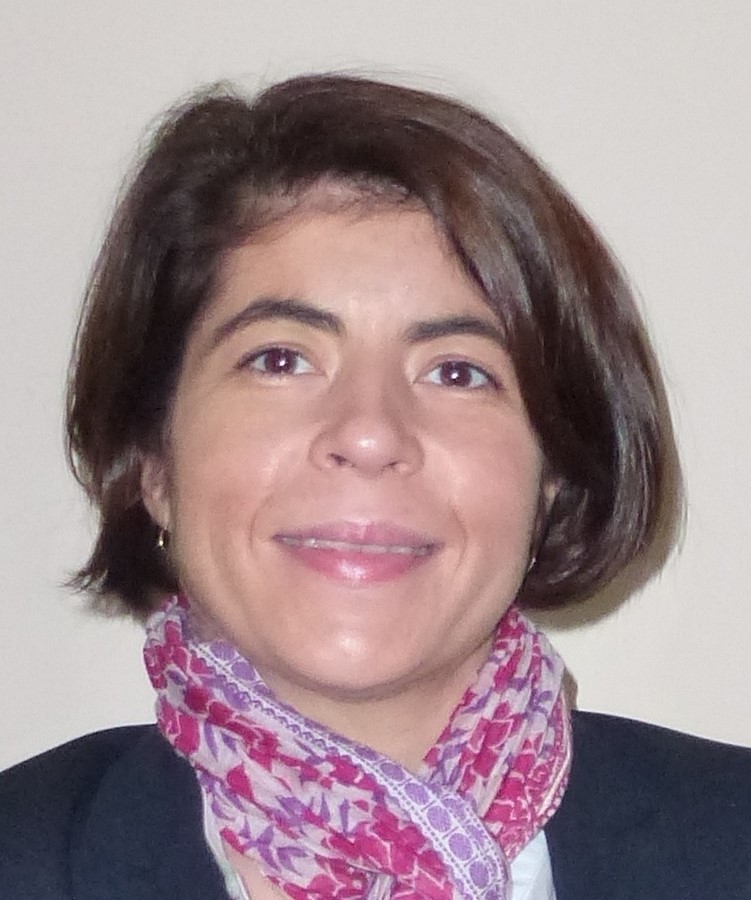Speakers - Periodontal Conference 2016
Silvia Roldán
Degree in Dentistry, University Complutense of Madrid (1989-94)
Postgraduated in Oral Medicine (1994-96), Periodontology (1997-99) and Implant Dentistry (1999-2000), University Complutense of Madrid.
General Secretary of IAHR (International Association for Halitosis Research) (2015- )
Invited Professor at the EFP Graduate Program in Periodontology in Madrid (2000-07)
Professor in CE courses at University Complutense of Madrid and University of Santiago de Compostela for more than 10 years.
Member of the Editorial Committee of P&O (Journal of SEPA, Spanish Society of Periodontology), since 2008.
Scientific activity mainly focused on Halitosis and Antiseptics in Periodontology: more than 60 scientific publications, chapters in books, SCI journals, and other scientific journals.
Participation in Courses and Congresses: more than 40 Scientific Communications at International and National Congresses.
Guest speaker in more than 30 International and National Courses and Congresses.
Abstract
Current approaches to the Treatment of Intra-Oral Halitosis
Chronic halitosis is a rather frequent condition, which in almost 90% of the cases has an intraoral cause. The most prevalent causes are: the presence of tongue coating, gingivitis/periodontitis or a combination of both.
Occurrence of halitosis is mainly due to the presence of volatile sulphur compounds (VSCs) in the air expelled through the oral cavity. These compounds are generated through the protein metabolism of Gram-negative anaerobic bacteria that are primarily harboured in the tongue coating, subgingival/supragingival biofilms and other areas.
Therefore, halitosis therapy aims to lower the total numbers of odourigenic bacteria, to reduce the amount of protein substrates and to neutralise the volatilisation of the malodorous compounds.
Even though mechanical removal/disruption of the tongue and dental biofilms is a necessary step in the treatment of intraoral halitosis, it is not always sufficient to control this condition in the long term. The adjunctive daily use of chemical agents is also normally needed.
In the presentation, the update evidence on the available therapeutic strategies and protocols will be reviewed in detail.
In addition, new therapeutic strategies, such as the use of probiotics, will also be discussed since they have shown promising preliminary results.

Silvia Roldán
